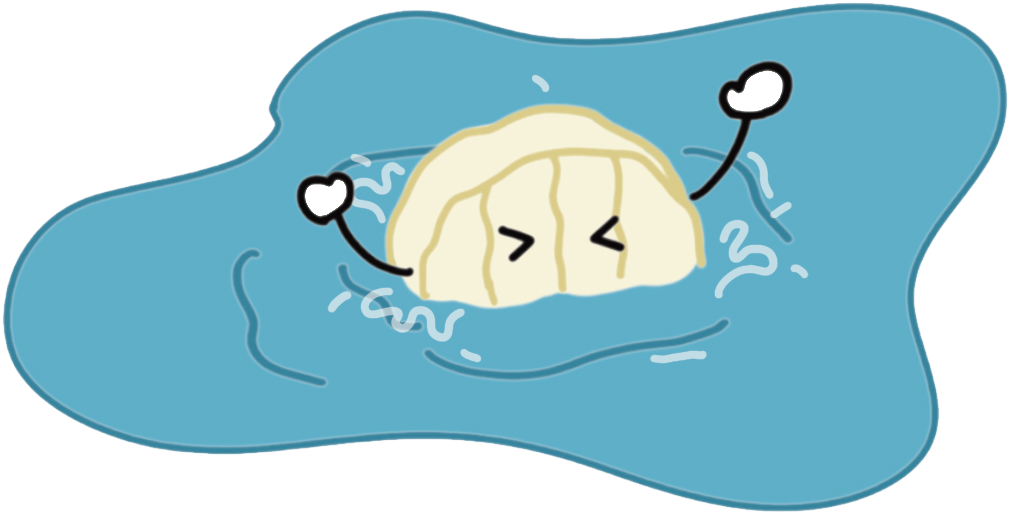We gather here today to celebrate the life of cheese.
For me, some of my fondest memories are of cheese – on pizza, tacos, pasta, sandwiches, toasties. I cherish the moments I’ve had with Brie and Camembert on charcuterie boards, paired with prosciutto, strawberries and Jatz. Beloved by many, the death of cheese is a great shock.
Well, technically speaking cheese isn’t dead, but according to the French National Center for Scientific Research (CNRS), it certainly is in danger.
First, let’s take a moment to reflect on cheese’s childhood. During the production of cheese, milk is separated into curd (milk solids) and whey (the watery stuff left over). Cheese is made when the solid curds are injected with bacteria and/or fungi. But growing up in a world of standardised food production has been hard for cheese. For years manufacturers have selected and genetically reproduced strains of fungus and bacteria to meet strict specifications. The CNRS says that the food industry has “exerted so much pressure on the selection of fungi that the microbial diversity [of manufactured cheese] has become extremely impoverished.”
Not only that, different cheeses are suffering from different issues.
Blue cheese’s life has been plagued by health problems. The famous blue-green mould comes from the use of Penicillium roqueforti fungus in the fermentation of all blue cheeses. There are only four populations of it known to the cheese world. After using the same strain for decades, the genetic diversity of P. roqueforti has been drastically reduced. It has been asexually reproduced and cloned to such an extent that the strain is becoming nearly infertile due to the accumulation of genetic defects.
However, it is Brie and Camembert who have struggled the most. These cheeses are made from just one strain of the fungus Penicillium camemberti, which can only be replicated by asexual reproduction. Furthermore, the white-rinded Camembert known today is produced solely on one albino strain of P. camemberti which cannot be found in the wild. It has been overproduced to such an extent that this strain has been rendered incapable of both sexual and asexual reproduction. The CNRS warns that industries are already struggling with the ongoing production of Brie and Camembert, with some cheese makers supplementing P. camemberti with a different fungus altogether.
In reality, it is unlikely these cheeses are going to completely disappear from supermarket shelves, despite a possibility of minor blue cheese, Brie and Camembert shortages. And there is much hope: a little-known French blue cheese, Termignon blue, has been created from a previously unknown population of P. roqueforti. This could introduce more genetic diversity into all blue cheeses. The solution for Brie and Camembert is slightly more complicated. Some have suggested the introduction of genome editing technology to remove mutations in P. camemberti, and others have suggested introducing genetically related species of fungus. Either way, the CNRS suggests that if we want to continue enjoying these cheeses, we will need to “appreciate greater diversity in flavour, colour and texture” as manufacturers adapt their traditional cheesemaking methods.
So let’s farewell cheese as we know it, and prepare to welcome a new generation of cheesy goodness.





